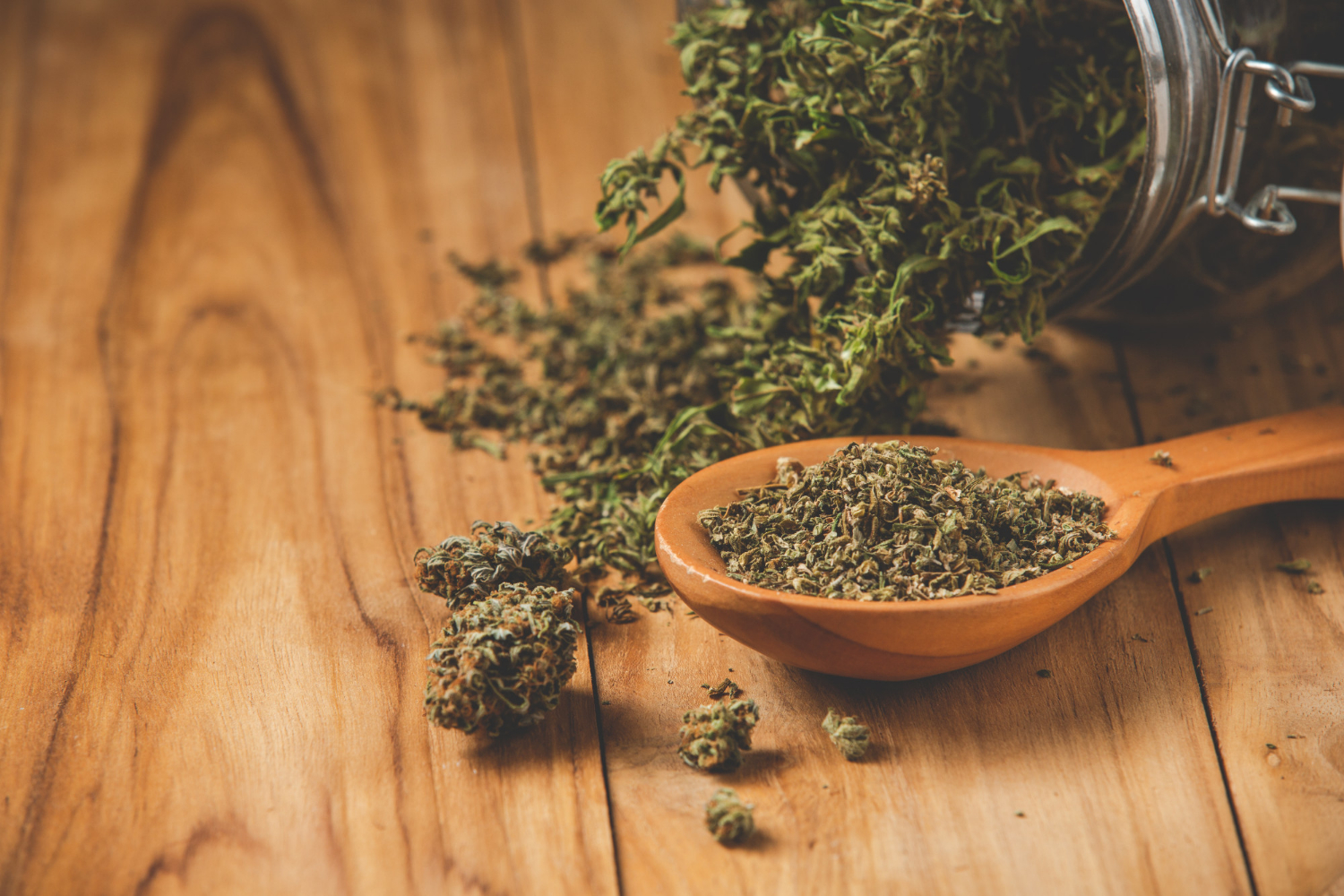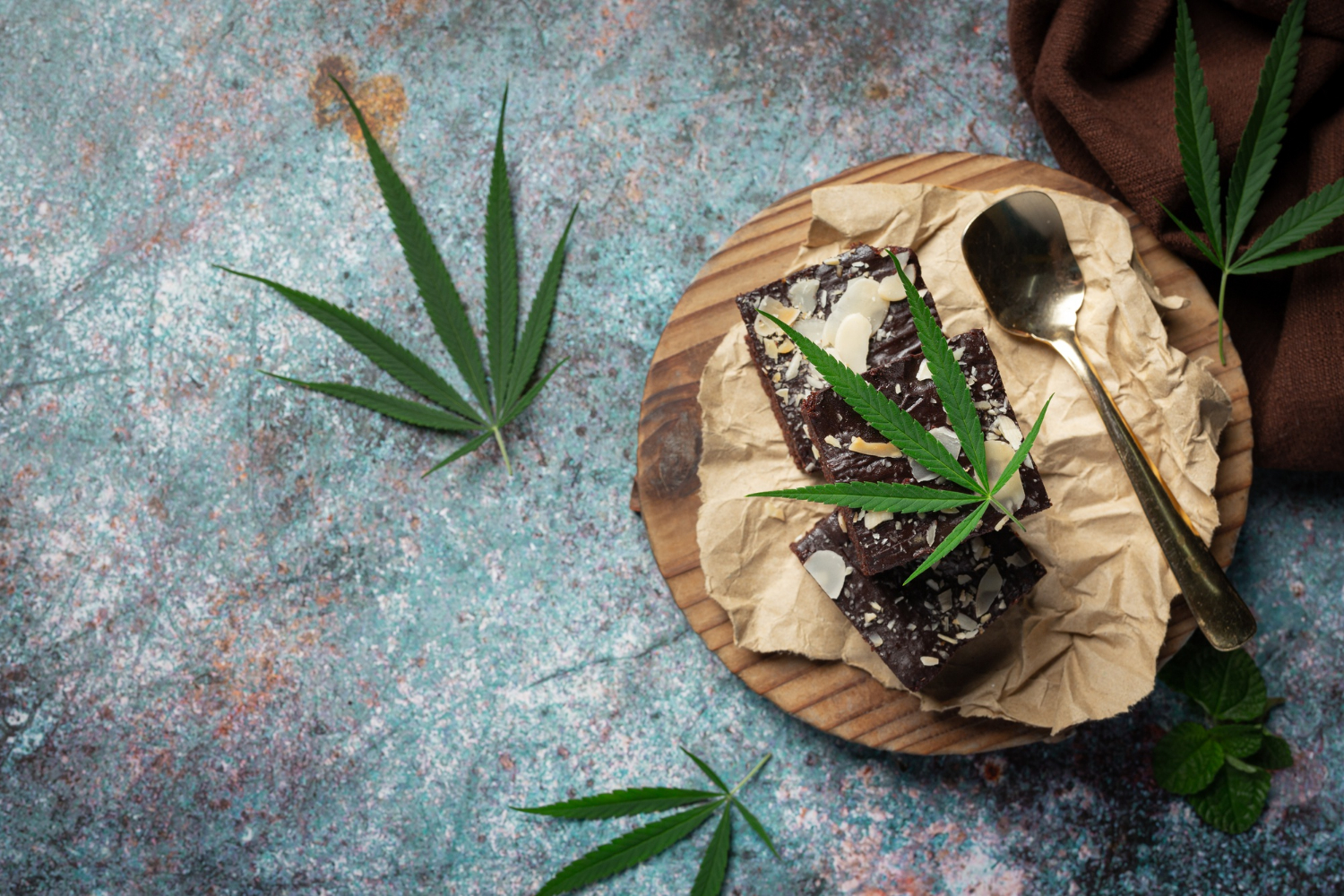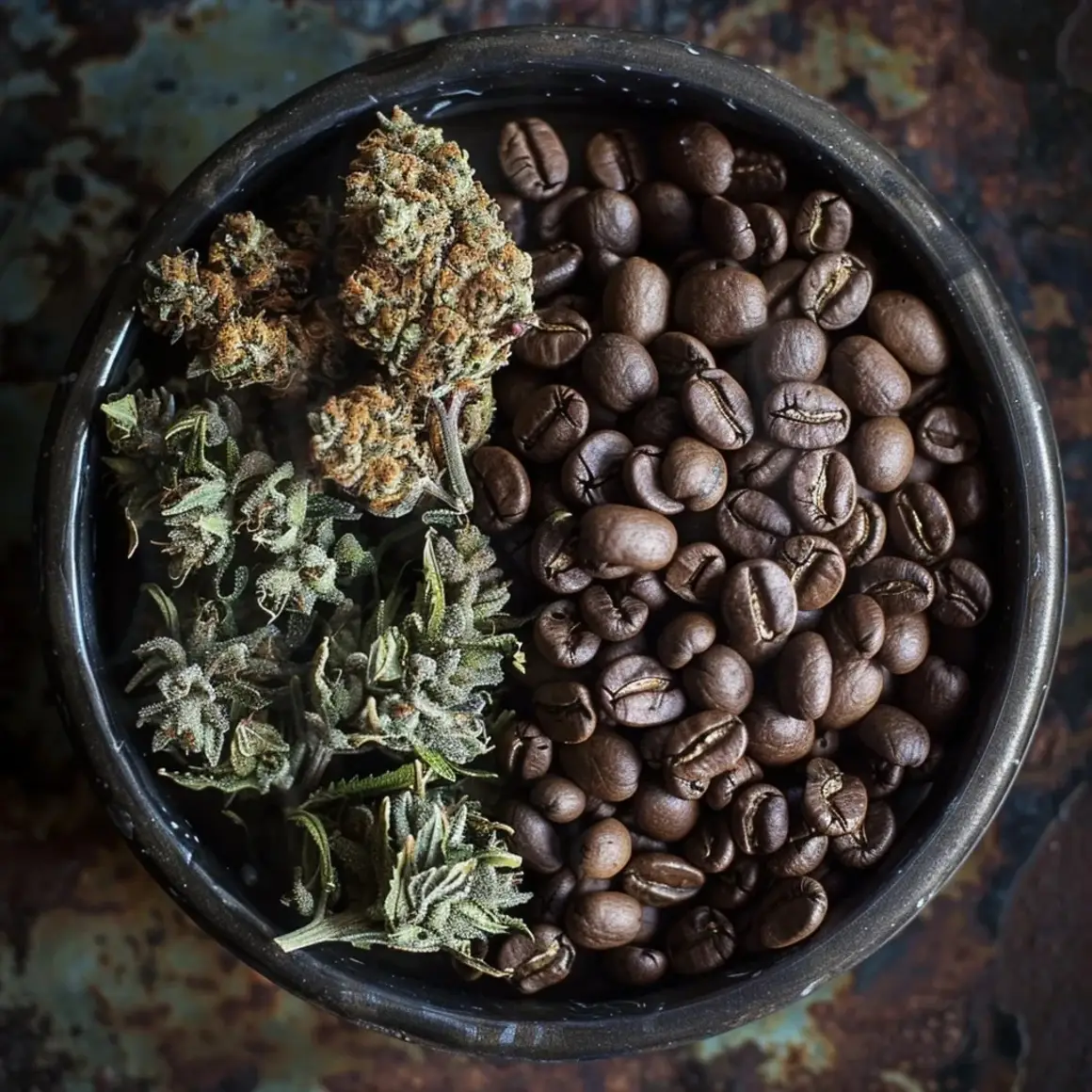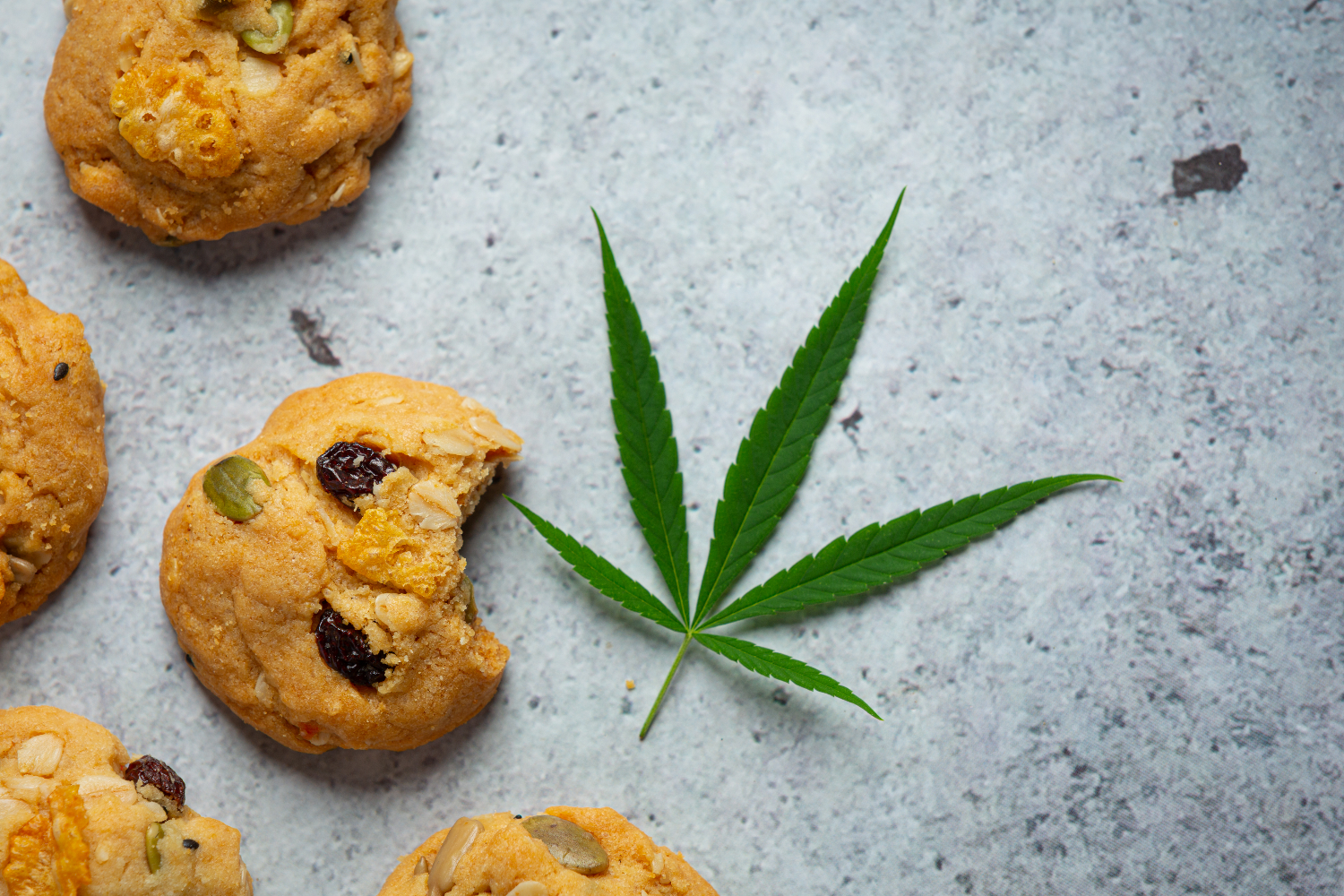If you’re looking to make cannabis edibles, tinctures, or topicals, decarboxylation (or “decarbing”) is a crucial first step. Decarbing transforms the non-psychoactive THCA in raw cannabis into THC, the compound responsible for the plant’s well-known effects. Here’s how to do it safely and effectively.
Why Decarbing Is Important
Cannabis in its raw form won’t deliver the effects most users seek because THCA and CBDA (the precursors to THC and CBD) need heat to become active. This process occurs naturally when smoking or vaping, but for edibles or topicals, you need to decarb the cannabis beforehand.
What You’ll Need
- Cannabis (flower or trim) 15 Grams
- Baking sheet
- Parchment paper
- Oven
Heating Times
- Oven – 240°F
- Time – 40 Minutes
Step-by-Step Instructions
- Preheat Your Oven Set your oven to 240°F. This temperature is optimal for activating cannabinoids without burning off valuable compounds like terpenes.
- Break Up the Cannabis Break up 15 grams of cannabis into small, even pieces. Avoid grinding it too finely, as this can make it harder to work with later.
- Line the Baking Sheet Cover your baking sheet with parchment paper to prevent sticking and make cleanup easier.
- Spread the Cannabis Evenly Spread the cannabis pieces in a single layer on the lined baking sheet. Ensure the pieces don’t overlap for even heating.
- Bake the Cannabis Place the baking sheet in the preheated oven and bake for 40 minutes. Stir the cannabis gently halfway through to ensure even decarbing.
- Check the Color Your cannabis should turn from green to a light, golden brown. This change indicates that the cannabinoids have been activated.
- Cool and Store Allow the cannabis to cool completely before using or storing it. Store in an airtight container in a cool, dark place for later use.
Tips for Success
- Use a Thermometer: Ovens can vary in temperature. Use an oven thermometer to ensure consistent results.
- Work in a Well-Ventilated Area: Decarbing cannabis releases a strong aroma. Proper ventilation can make the process more pleasant.
- Low and Slow: Avoid increasing the temperature to speed up the process. Higher temperatures can degrade cannabinoids and terpenes.
Using Decarbed Cannabis
Once decarbed, your cannabis is ready to be infused into oils, butters, or other mediums. It can also be used directly in recipes for edibles or in making tinctures and topicals.
By decarbing your cannabis, you unlock its full potential, ensuring your homemade creations are both potent and effective. Whether you’re a seasoned enthusiast or a beginner exploring cannabis’ versatility, this simple process is the foundation for a variety of applications.









Comments (10)
So, I followed these instructions to the letter… and now my kitchen smells like a skunk’s armpit. Success?!
I never realized how crucial decarbing is for edibles. 240°F for 40 minutes—got it!
The temperatures listed seems a little high to me. I’ve always used lower temps and had good results. Maybe you should add a note about experimenting to find what works best for your specific strain and equipment? It’s all about experimention!!
Ugh, way too much technical jargon. I just wanted a simple method, not a science lesson. Lost me at ‘decarboxylation’.
Excellent guide! Really appreciate the detailed explanation of the chemical processes involved. It’s nice to see a post that doesn’t dumb things down.
Helpful tip: Make sure your oven is properly calibrated for accurate temperature control. Inconsistent heating can affect the decarb process. Also, consider using a thermometer to monitor the temperature inside the oven.
Oh my god, this is so complicated. I’m just gonna stick to edibles from online. Much less hassle. LOL
This is great! So clear and easy to follow, even for a total newbie like me. Thanks a million! I finaly understand!
This guide is ok, but it could use some pictures! Pictures are always nice to have. Also, maybe a section on troubleshooting common problems? Like, what if my weed combusts?!
This reminds me of that time I tried to make brownies from scratch and ended up with a brick. At least this guide is a little more helpful then that was.